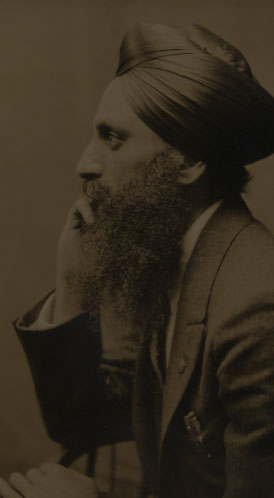- New Lectures Series #1
- New Lectures Series #2
- New Lectures Series #3
- New Lectures Series #4
- Letters to Dr. Gaynee
- Dr. Thind's Lectures
- Holiday Letters to his Disciples
- Letters to Dignitaries
- Letters from Vivian Thind
- Letters to his Father
- Letters to his Brothers
- World Famous Quotes
- Story of Faith & Persistence
- Political Prophecy Booklet
Dr. Thind Lectures, Series Three
Here is a series of lectures by Dr. Thind.
You’ll need Adobe Acrobat Reader to view these files. Download Here
